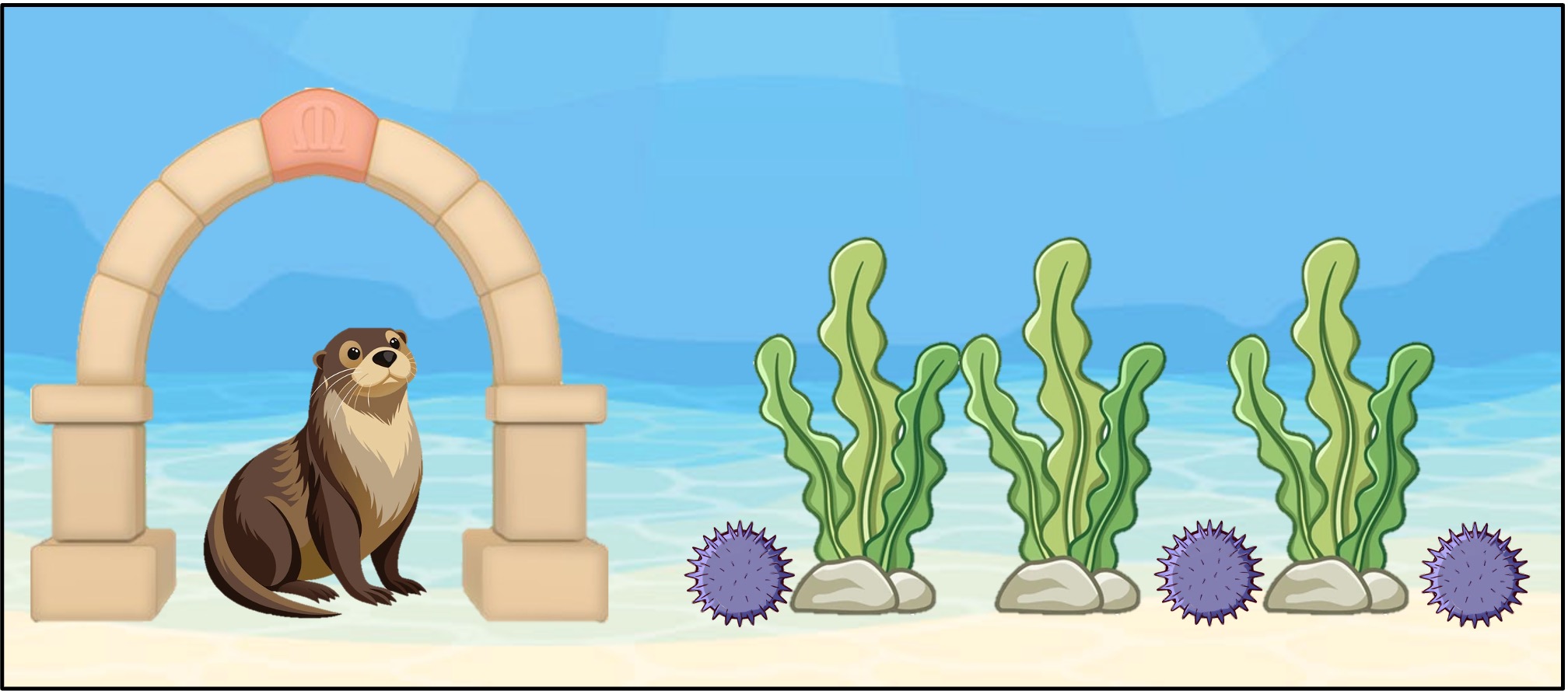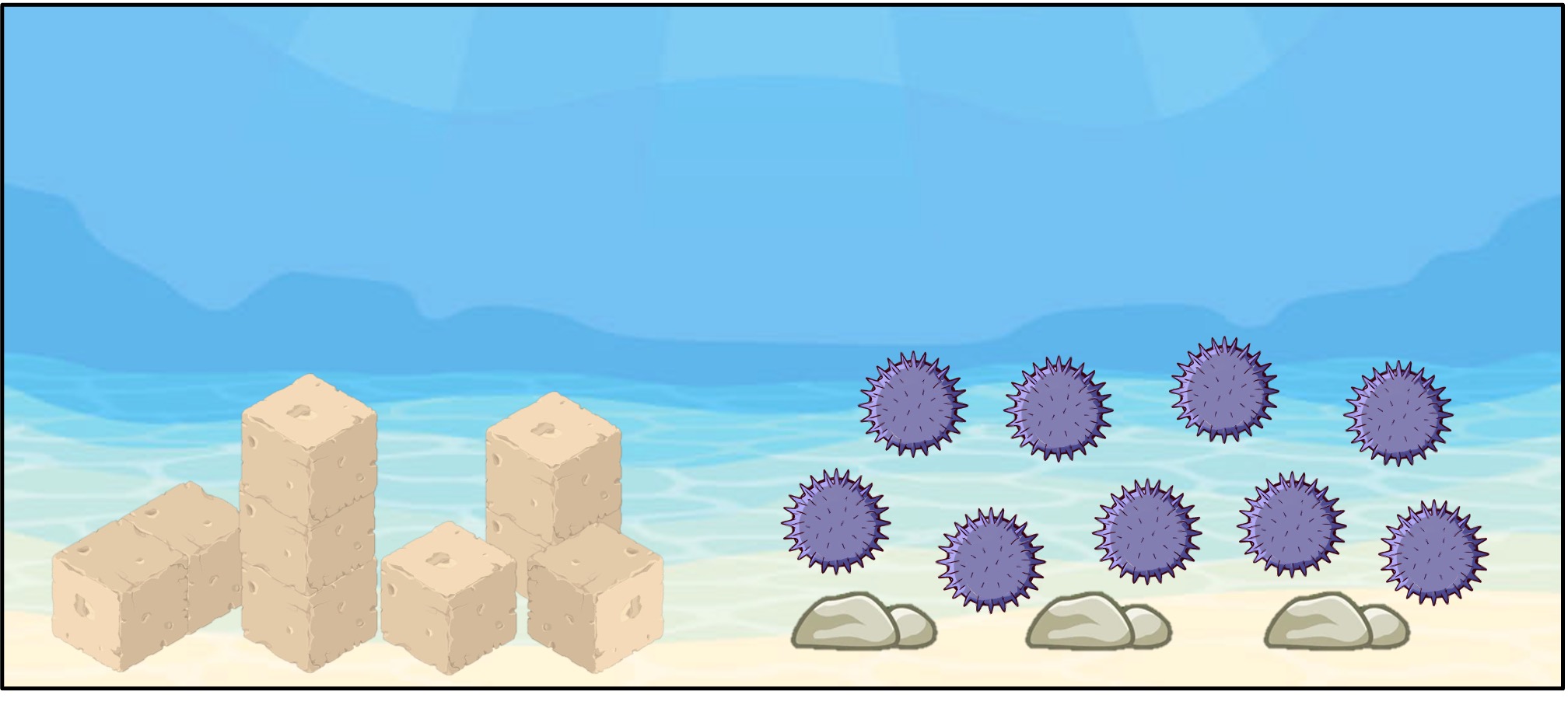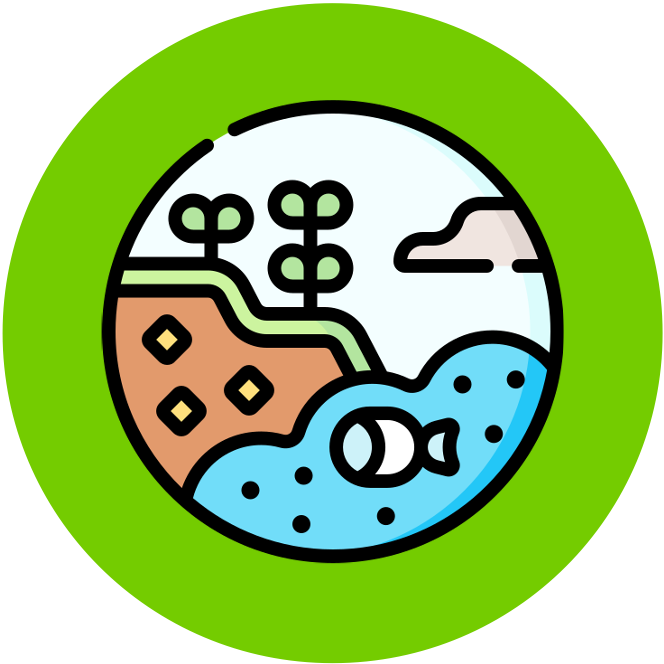

Keystone Species
A keystone species is a species that has a disproportionately large impact on the environment relative to its abundance
-
It is analogous to a keystone in an arch – it fundamentally supports the whole structure and prevents it from collapsing
Keystone species may influence communities in a number of ways:
-
Predators – they can exert pressure on lower trophic levels to prevent them from monopolising certain resources
-
Mutualism – they can support the life cycle of a variety of species within a community (e.g. pollinators / seed dispersal)
-
Engineers – they can refashion the environment in a manner that promotes the survival of other species
There are numerous examples of keystone species within different communities:
-
Sea otters (predator) exert top-down pressure on sea urchins which graze on kelp, preventing urchin overpopulation and kelp destruction
-
Honey bees (mutualist) pollinate a wide variety of plant species, ensuring the continuation of the plant life cycle
-
Beavers (engineer) build dams that transform the environment in a manner that allows certain other species to survive
Keystone Species

Otters eat urchins (which graze on kelp)





